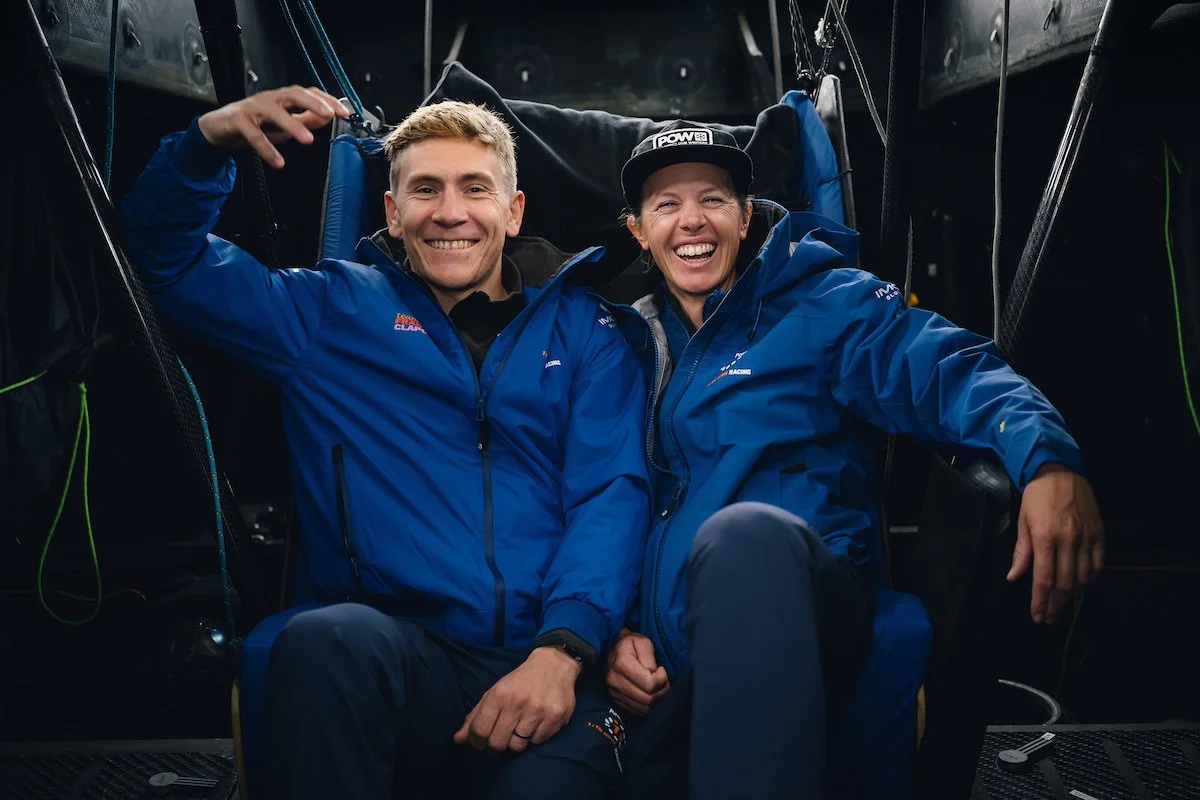It’s Time to Go Racing … countdown to the Transat Café L’OR is on
In just a few days, I’ll line up on the start of the Transat Café L’OR - a 4,350-mile double-handed race across the Atlantic from Le Havre, France, to Martinique. It’s one of the toughest and most iconic races in the IMOCA calendar, and this year, it marks the beginning of a new chapter for me and our team: Team Francesca Clapcich Powered by 11th Hour Racing.
I’ll be racing alongside Will Harris (GBR) a sailor I deeply respect and trust, as we take on this course that winds its way from the cold waters of the English Channel to the warmth of the Caribbean. It’s expected to take around 10–14 days, depending on the weather, the choices we make, and a little bit of luck.
© Jean-Louis Carli / Alea
This race means a lot to me. Not only will it be my first major race under my own team’s banner, but I’ll also become the first American woman to compete in the Transat Café L’OR. That’s a milestone I don’t take lightly. Every mile we sail is part of a much bigger journey, one that I hope leads me to the start of the 2028 Vendée Globe, racing solo, non-stop around the world.
The past two weeks have been intense. Our 20-strong technical and shore team has been working around the clock to prepare the boat and I couldn’t be more proud of them. We’ve stripped weight, checked every system, inspected every sail, and completely rebranded the boat.
A few nights ago, as Storm Benjamin swept through, our team even slept onboard to make sure the boat stayed safe. That’s the kind of dedication that gives me confidence as a skipper. Now, it’s up to Will and me to take everything they’ve given us and deliver on the water.
The start looks fast and maybe even a little brutal! We’re expecting 20+ knots of northwesterly wind, gusting up to 40, as we leave Le Havre and head into the English Channel. It’ll be a wild first night, and the goal will be simple: keep the boat in one piece and settle into the rhythm of the race.
Once we round Ushant, we’ll start facing our first big strategic decision: do we take a shorter, rougher route to the south, or go west, chasing smoother downwind conditions but sailing more miles? There’s a low-pressure system developing unusually far south near Portugal, and how we handle that will define the early part of our race.
© Marin Le Roux | polaRYSE | 11th Hour Racing
Every day leading up to the start, we’ve been meeting with Marcel van Triest, one of the best navigators and weather routes in the world, studying the weather models and refining our plan. Once the starting gun fires, though, we’re on our own. No outside routing. Just us, the weather files we receive, and the choices we make out there.
This race isn’t just about competition, though, it’s also about contribution. Onboard, we’ll be carrying a Météo France ocean buoy that we’ll deploy after passing the Canary Islands. Once released, it will send back valuable data about ocean temperature, pressure, and currents, information that supports climate research and forecasting.
We’ll also carry a smaller Argonautica beacon, part of a space-inspired education project that shares real-time data with schools in France, connecting students directly to the ocean and space science.
As sailors, we often race through places that are far beyond the reach of most research vessels. It’s a privilege to be able to help the scientific and educational communities while we race, to be citizen scientists, not just competitors.
The next 48 hours will be all about one thing: weather. We’ll spend hours analyzing every possible scenario so that when we leave the dock on Sunday morning, we have a clear plan for those crucial first two days.
The boat is ready. The team is ready. Will and I are ready.
It’s time to go racing — and I can’t wait.


